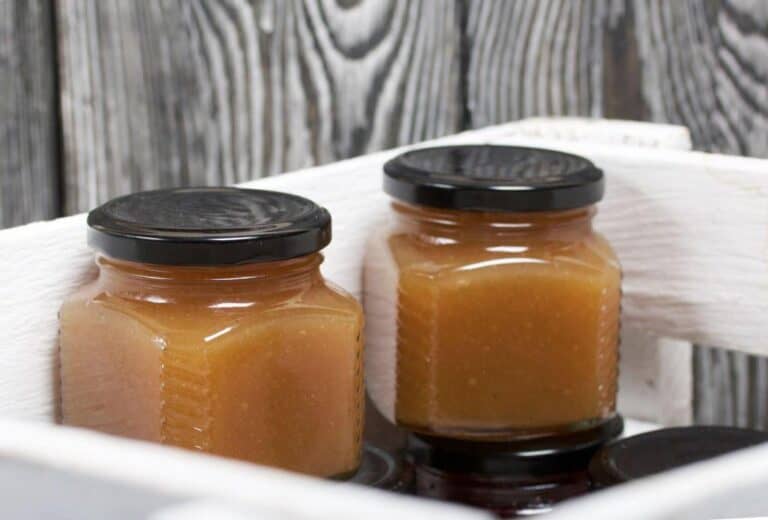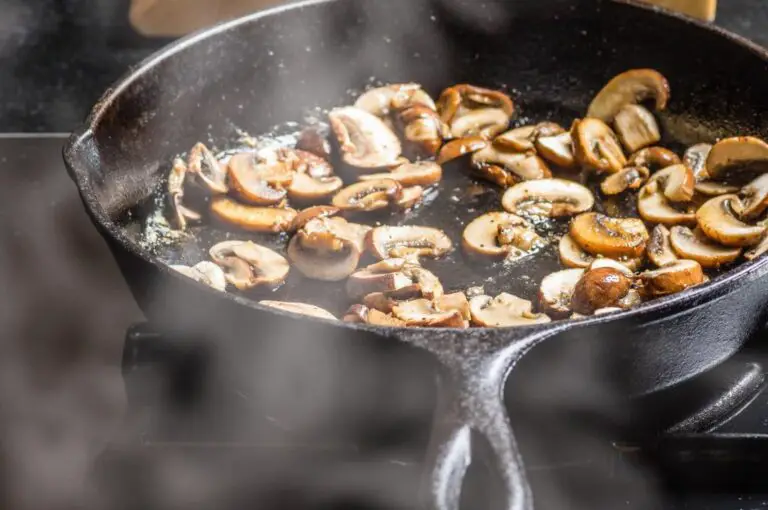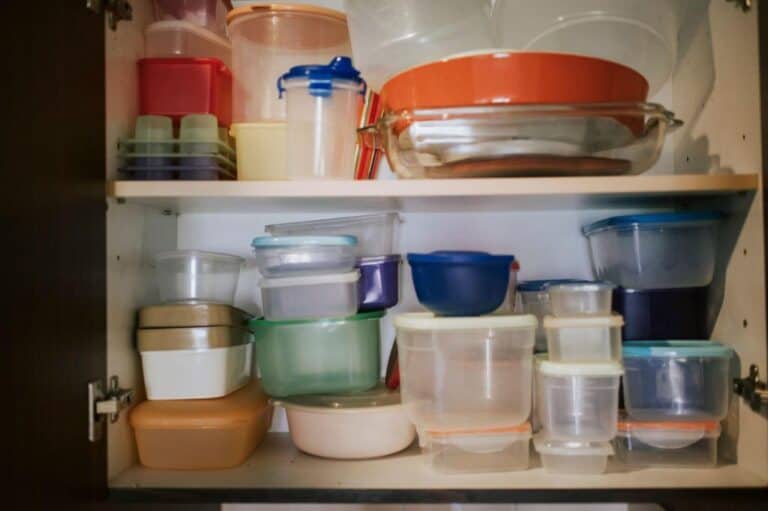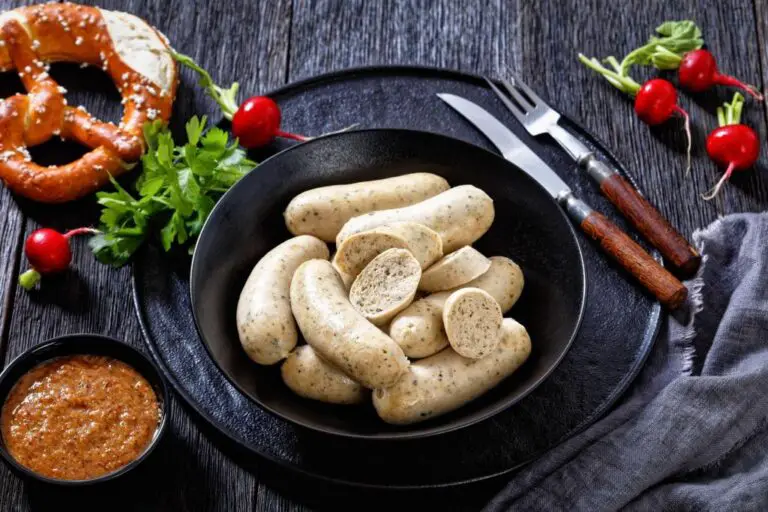Can You Get Sick from Touching Rhubarb Leaves?
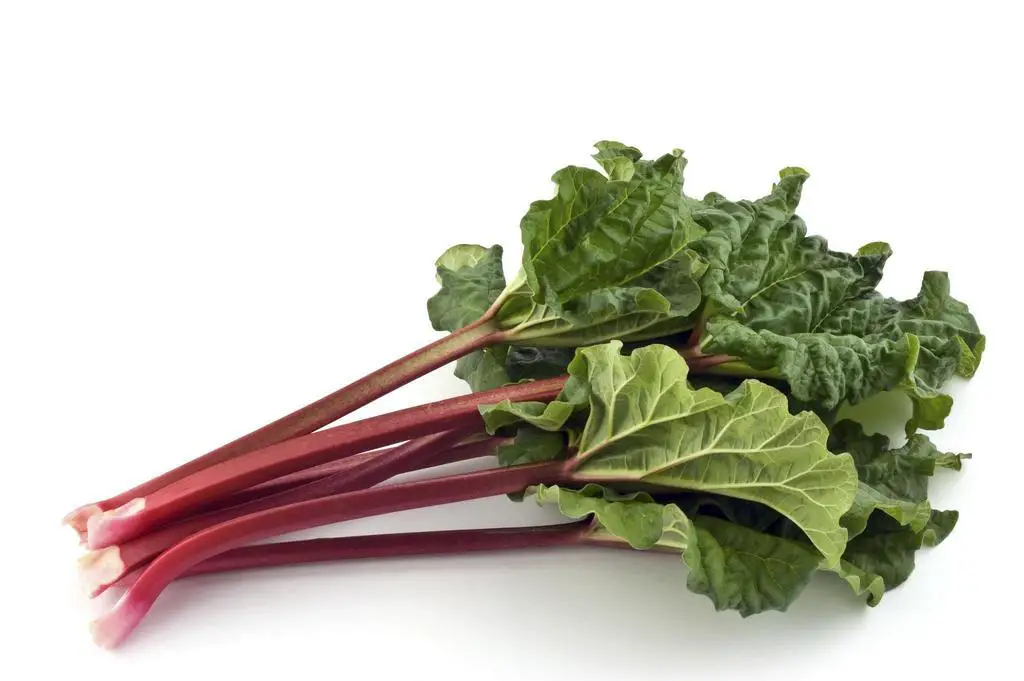
Have you ever wandered through a garden and been tempted to touch the lush, vibrant leaves of a rhubarb plant? These large, heart-shaped leaves may look enticing. But, a common belief warns against touching them due to their supposed toxicity. But is there any truth to this cautionary tale? Can simply brushing against the velvety surface of rhubarb leaves truly make you sick?
Join us on an investigation into rhubarb plants. We’ll explore their dangers and separate fact from fiction. Prepare to uncover the hidden secrets behind this innocent garden greenery. Learn whether there’s more than meets the eye with this striking plant.
Can You Get Sick from Touching Rhubarb Leaves?

It is generally not harmful to touch rhubarb leaves, as the toxin that is present in the leaves, oxalic acid, is not easily absorbed through the skin. However, it is important to wash your hands thoroughly after handling the leaves, as they may contain dirt or other contaminants.
If you do come into contact with the sap of the rhubarb plant, you may experience minor skin irritation or allergic reactions. If you develop any symptoms after handling the plant, such as redness, itching, or swelling, wash the affected area with soap and water. Seek medical help if needed.
What Will Happen If You Eat Rhubarb Leaves?
Consuming rhubarb leaves can be harmful to humans as they contain oxalic acid, which is toxic. Eating rhubarb leaves can cause poisoning. Symptoms may include nausea, vomiting, diarrhea, belly pain, and dizziness. In severe cases, consumption of large amounts of rhubarb leaves can lead to kidney damage or even death.
It is important to note that the stalks of the rhubarb plant are the only part that is safe to eat. They are often used in cooking and baking, and they have a tart, slightly sweet flavor. It is important to properly wash and prepare the stalks before consuming them, as they may contain dirt or other contaminants.
If you or someone you know has eaten rhubarb leaves by accident, seek medical help now. Treatment may involve supportive care. This care includes replacing fluids and electrolytes to manage the symptoms. In severe cases, hospitalization may be necessary.
| Related: Is It Safe to Eat Rhubarb After It Flowers? |
Are Rhubarb Leaves Toxic?
Rhubarb leaves contain oxalic acid, which can be toxic if ingested in large quantities. Oxalic acid is in many plants, including spinach and beets. But, it’s most concentrated in rhubarb leaves.
When consumed, oxalic acid can bind with calcium in the body, leading to the formation of crystals. Ingesting large amounts of oxalic acid can result in symptoms like abdominal pain, nausea, vomiting, and diarrhea.
It’s important to note that the toxicity of rhubarb leaves is primarily related to consumption, not touch. Simply handling rhubarb leaves is not likely to cause harm. However, it’s still a good idea to wash your hands after handling them, especially if you have sensitive skin.
Precautions for Handling Rhubarb Leaves
When handling rhubarb leaves, take care. Avoid the health risks from their toxicity. Here are some key recommendations:
- Wear Gloves: When handling rhubarb leaves, especially for those with sensitive skin, it’s best to wear gloves. This will prevent direct contact with the oxalic acid in the leaves.
- Wash Hands Thoroughly: After touching rhubarb leaves, wash your hands thoroughly with soap and water. This helps remove any residue that may be present on your skin.
- Keep Away from Children and Pets: It’s crucial to keep rhubarb leaves out of reach of children and pets. Accidental ingestion of rhubarb leaves can lead to serious health issues due to their toxic nature.
Taking these precautions can help minimize the risk of exposure to oxalic acid and ensure the safe handling of rhubarb leaves.
Are Rhubarb Leaves Poisonous for Animals?
Yes, rhubarb leaves are poisonous for animals. They contain soluble calcium oxalate crystals and oxalic acid, which are toxic to pets and even humans. They can cause intense pain and irritation if chewed or swallowed. The irritation, and an unpleasant taste, usually stop animals from eating more than a small amount.
However, if a dog were to eat larger amounts of the plant material, it could lead to serious health issues, including kidney failure.
Conclusion
The leaves of the rhubarb plant (Rheum rhabarbarum) are poisonous and should not be consumed. The leaves contain oxalic acid, which is toxic to humans and can cause symptoms such as nausea, vomiting, and diarrhea. In severe cases, consumption of large amounts of rhubarb leaves can lead to kidney damage or even death.
The stalks of the rhubarb plant are the only part that is safe to eat. They are often used in cooking and baking, and they have a tart, slightly sweet flavor. It is important to properly wash and prepare the stalks before consuming them, as they may contain dirt or other contaminants.
If you have a rhubarb plant in your garden, it is important to keep the leaves away from children and pets, as they may be tempted to eat them.

